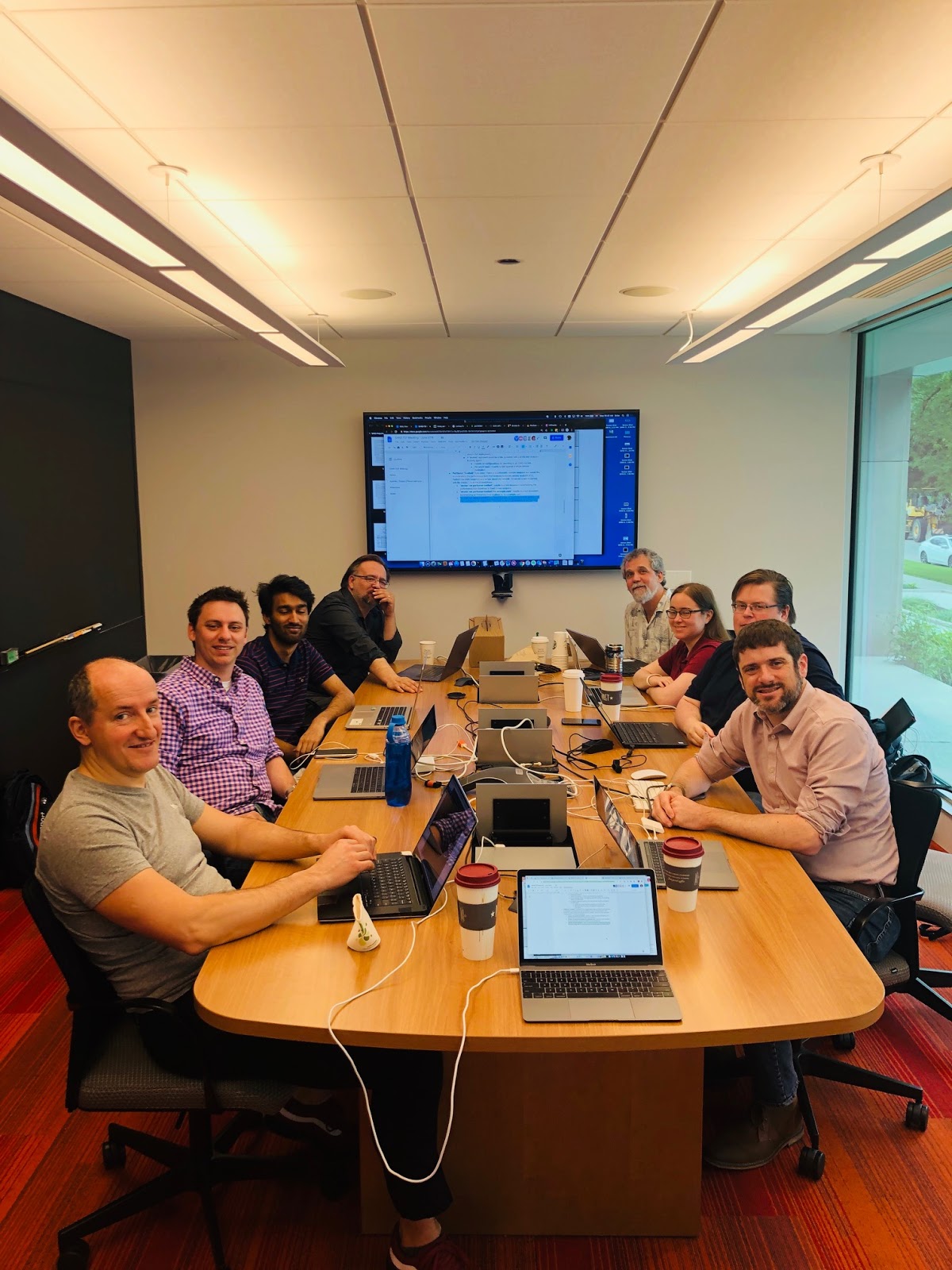About SAND
Increasingly, science has become a “team sport” with projects less likely to be conducted by a single investigator or university group but with multi-institution collaborations spanning many universities and national laboratories. As these collaborations have become data-intensive, highly-performant network links connecting their distributed science platforms have become increasingly important. While true across all science, some collaborations, like those at the Large Hadron Collider (LHC) at CERN, transfer millions of gigabytes across global networks today and anticipate orders of magnitude increases within the next decade. Without performant networks and efficient data transfer and access services, the time to science will be greatly compromised. In this context, high-speed, long-distance networks see their performance degrade surprisingly quickly in the face of modest error rates. Accordingly, network engineers and researchers use sophisticated tools to monitor the network and transfer services. Without a means to aggregate and correlate network tests, performance measurements, and application response, they at best can only reveal a small piece of the overall problem. This project focuses on techniques that better combine, visualize, and analyze disparate network monitoring and service logging data, providing a comprehensive picture critical to the engineers and scientists relying on the network. This will allow problems to be located and fixed more quickly, reducing the time to science.
SAND Team at its 2019 Face-to-face meeting

The SAND project is sponsored by the NSF, grant 1827116